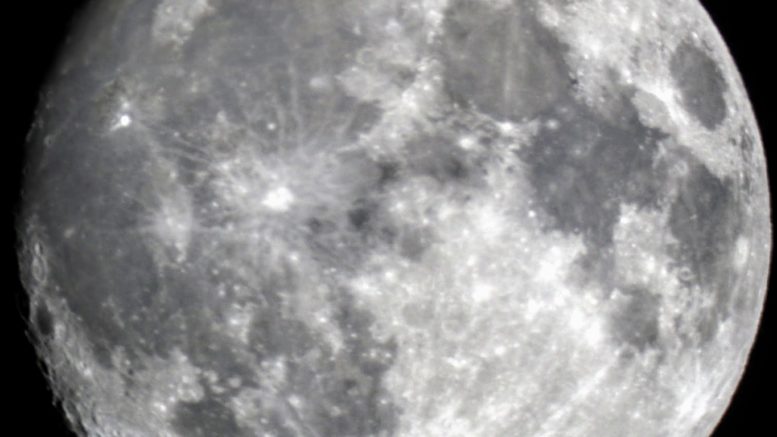When reviewing Moon: An Illustrated History by Dr. David Warmflash, what caught our attention was the mention of Lunar Calendars. The technical definition of a lunar calendar is calendar based on the monthly cycles of the Moon’s phases, which are synodic months. The calendar that the Western world uses is the Gregorian calendar, which is a solar calendar, that originally evolved out of a lunar calendar system.
It is important to note that a purely lunar calendar is different from a lunisolar calendar because in a lunisolar calendar, the lunar months are brought into alignment with the solar year through some process of intercalation.
A purely lunar calendar has the equivalent division of “months” separated into lunation’s, which is approximately 29 1⁄2 days. Therefore, it is common for the months of a lunar calendar to alternate between 29 and 30 days. Nevertheless as the period of 12 lunations that make up a lunar year, is only 354 days, 8 hours, 48 minutes, and 34 seconds, a purely lunar calendars loses around 11 days per year relative to the Gregorian calendar.
The earliest use of a lunar calendar was found at Warren Field in Scotland and has been dated to c. 8000 bc, during the Mesolithic period; however, some have argued that other sites such as cave paintings denote earlier lunar calendars.
Famous examples of currently utilized include the Islamic Calendar, which is a true lunar calendar. There are other calendars that are lunisolar might often be assumed to be purely a lunar calendar, which includes the Chinese Calendar.
Famous holidays that are based upon lunar calendars include but are not limited to Ramadan.
The Encyclopedia Britania has a great article on the topic for more information. To calculate any date to figure out where it stands on the lunar calendar, check out this awesome online tool.

Leave a comment